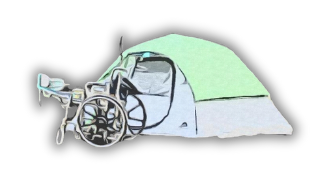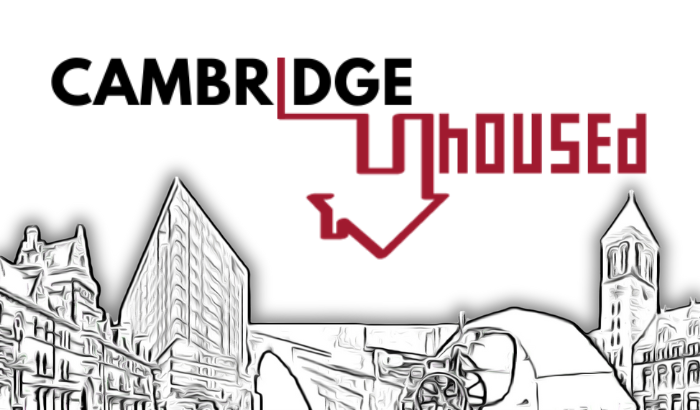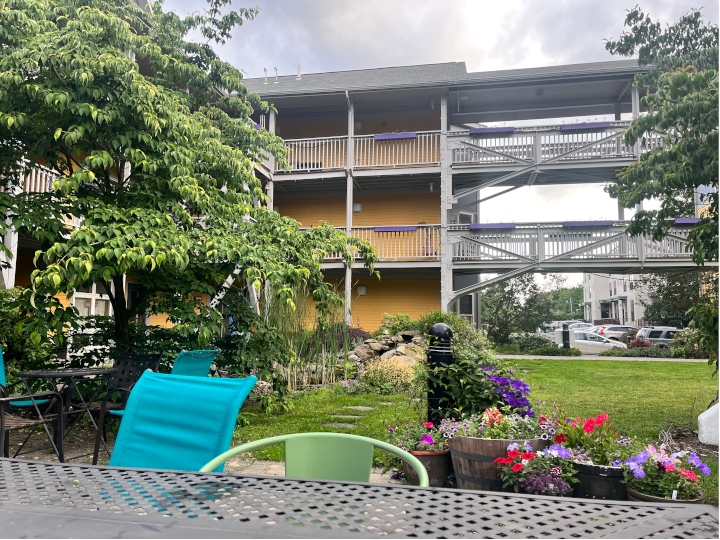Why are we blanketing one Massachusetts city in particular with focused housing crisis coverage this winter?
Almost everything we cover at the Boston Institute for Nonprofit Journalism ends in homelessness. Environmental injustice. Prison, re-entry, parole. The opioid epidemic. Institutional racism. The affordable housing crisis. When society fails to deploy adequate solutions and resources on these fronts, the end result is the end of the line. You’ve seen the story written fifty-thousand ways, often with common doomed conclusions equating the homeless with the hopeless.
But what if we took a much broader look at the bottom? Instead of simply focusing on so much desperation and highlighting a few token rags-to-riches tales as proxies for larger problems and answers, what if we deconstructed every aspect, from the mundane to the profane, and re-presented it all via smaller, more digestible pieces of a larger puzzle showing intersecting elements of poverty? That has been our thinking in reporting Cambridge Unhoused over the past several months and in strategizing an effective plan to engage the maximum number of readers.

For the remainder of this year and into 2024, the Boston Institute for Nonprofit Journalism will disseminate a series of articles, columns, explainers, and informational graphics documenting homelessness funding and services in Massachusetts with particular attention paid to Cambridge. Since the subject is complex and ever-changing, we will publish multiple short modular components that highlight specific issues or stakeholders but that also connect with other media made for this project (as well as some we are incorporating from storytelling allies we have met in the process).
All media produced for the Cambridge Unhoused series will be distributed to partner publications and on social media through the MassWire news service of BINJ, and will be featured on a dedicated project page that will serve as a portal to various puzzle pieces. In sum, we hope the final result is a tapestry revealing a larger picture of the unhoused climate with critical context for the purpose of encouraging fresh perspectives on an emergency situation that’s intensifying every year.

This format agnostic multi-reporter effort comes at a moment of great consequence, in a year when stories about the worsening plight for poor people and the forces that flank them are common enough to take center stage, or at least share it with immigration coverage. In May, homelessness in Western Massachusetts reached a five-year high. And while many commonwealth communities have made progress leveraging a strategy that subsidizes permanent supportive housing, in June, the federal policy that powers the Housing First program became a “new target of the right.”
In July, state-funded shelters in Mass “reached a new record” with nearly 5,000 families. Then in August, Gov. Maura Healey declared a state of emergency amid a migrant shelter shortage, all while the number of older adults facing homelessness is reportedly “on the rise” in Mass. The state is considering a homeless bill of rights, but last week, the legal aid group Lawyers for Civil Rights filed a class action lawsuit to stop the state’s shelter system from capping the number of families it serves amidst such distress.

Before we attempted to explain homelessness in Cambridge to readers, we had to understand the moving parts ourselves. We formed an ad hoc team of three to six of us depending on the month, and took notes on every article and report on the topic going back at least 10 years. Then we started interviewing a wide gamut of subjects, from overworked shelter directors, outreach employees, and volunteers, to politicians, business owners, public health officials, and people who have slipped on and off the grid around Cambridge for decades.
There’s the veteran who picked Harvard Square as his temporary hangout to avoid the dangerous drug-infested unknown of Boston proper. And the mother who gets so nervous that she throws up on cold nights when she’s facing a potential lottery that will determine if she sleeps under a relatively safe warm roof in Cambridge or has to trek into the badlands across the Charles River. Every tribulation is a heartbreaker; but while the voices of people who are currently experiencing homelessness as well as those of many who have slept in shelters in the past will be prominently featured in the series—including as writers, sources, and even physical distributors of content through Spare Change News—we hope to avoid the trap of publishing the kind of futile journalism prize bait that too frequently romanticizes street life and fails to follow up.
It’s easy to spark emotion with detailed portraits of poverty, and to undress the stressed service providers and blast overburdened bureaucrats. Instead of abandoning readers in a cloud of despair, though, we are aiming to accomplish something more with Cambridge Unhoused. In addition to mapping out the quagmire through several parts, we’re also searching for potentially helpful ideas and solutions that are taking place in other states and regions to include in upcoming coverage, plus identifying positives in Cambridge which could help elsewhere.Finally, while reliable data about the unhoused population is scant, we are attempting to glean sharper estimates on numbers that are often wishy-washy, if they exist at all. If you can help or have data to add, please contact us. And if you haven’t heard from one of our reporters yet and have something important to share about these issues, don’t fret—this is not the end of our reporting. It’s only the beginning. You can reach us at info@binjonline.org.







